2021 Kawasaki Teryx KRX 1000 ES Review
MSRP: $24,399
The Kawasaki Teryx KRX 1000 was one of the most capable sport Side-by-Side vehicles when it came to market back in 2019, but in an effort to jump ahead of the competition, the brand introduced the new Teryx KRX 1000 eS for the 2021 model year. The new KRX 1000 eS package adds a 7-inch thin-film-transistor (TFT) gauge screen, a new sport front bumper, the KQR roof and – most importantly – the Kawasaki Electronic Control Suspension (KECS) system.
This new suspension system gives the driver the ability to select the feel of the dampers with three different settings. This leads to a smoother ride in some situations, but it also leads to optimized performance in different off-road situations. The goal of this high tech suspension setup is to inspire confidence in less-experienced drivers without compromising capabilities for the more-experienced off-roaders. The result is a Sport UTV that is an absolute blast to drive in any condition.
To get a feel for this new side-by-side in an environment which would push the Teryx 1000 eS to the limits, Kawasaki invited me out to the San Bernardino National Forest for what would be one of the most exhilarating off-road testing excursions of my life.
While the 2021 Kawasaki Teryx KRX 1000 eS is more than just a Teryx 1000 with a new suspension setup, the Fox dampers are the most significant aspect of the package. This high tech system features Fox 2.5 Live Valve Internal Bypass shocks, offering position-sensitive damping with four stages which vary based on the operating zone in use while the Live Valve system provides constant adjustments to compression damping, leading to a smoother ride, improved handling and better support from bottoming-out.
These dampers use aluminum bodies for reduced weight while stainless steel sleeves protect the shocks from damage on the trails. There are also high strength end caps that are unique to the Teryx 1000 eS and dual-rate springs which help achieve the combination of comfort and capabilities.
The system is controlled by a knob on the dash which is easy to use while wearing gloves and without taking your eyes off of the road, as the system can be changed while on the fly. If you are cruising along a smooth, dirt path in the Normal suspension setting and you come to a series of whoops, a quick turn of the knob to the Firm setting will allow the dampers to handle the hard hits of the uneven footing at higher speeds. If you then come to a section of the trail with some large rocks, setting the system to the Soft mode will allow for smooth rock crawling operation, all with the Live Valve function providing any sudden adjustments along the way.
The final component of the Kawasaki Electronic Control Suspension system is the display screen on the 7-inch TFT gauge cluster, which shares a spread of information on the mode and function of the high tech dampers.
It all sounds great on paper, but to experience the real world function, we hit the trails of San Bernardino National Park, starting at the Cactus Flats OHV Trailhead, heading through Rattlesnake Canyon and Johnson Valley on the way to the Rock Pile, where we stopped for lunch before heading back up into the mountains to end the day. We went from an elevation of nearly 7,000 feet and drove an area of just under 3,000 feet above sea level, covering every imaginable type of off-road footing during our 80-mile drive. In that time, we learned that the added advantages of the 2021 Kawasaki Teryx KRX 1000 eS make a great sport side-by-side even better.
When we left the staging area, we were greeted with dry, rocky mountain trails that were a combination of loose dirt, large gravel and hard-packed rock. At first, I found myself trying to avoid the larger rocks, but when I saw that the lead car – driven by a member of the Kawasaki team – and the rest of the journalists testing the KRX 1000 eS were just plowing right over the larger rocks, I followed suit. To my surprise, the KRX popped right over these larger rocks without much disturbance at the driver’s seat and without any disruption from the path. Lesser off-road vehicles would be jarred from its path by the rocks we were easily cruising across, but the Kawasaki Teryx 1000 eS was unaffected.
I have extensive experience testing high performance trucks and SUVs off-road, and I have experience with Side-by-Side work vehicles around my ranch, but I have never tested a sport model like the KRX 1000 eS. The rocks that we were blasting across with the KRX would be destructive to most trucks and SUVs, but the new Kawasaki didn’t break a sweat. Since there was really no climbing to be done on the rocky paths towards the top of the route, I spent some time in rear-drive mode and it performed flawlessly, but I got the most drifting, tire-spinning fun in four-wheel-drive mode.
The Maxxis Carnivore tires grip the rock just as well as they dig down into the sand, providing great footing in just about every driving condition, but when you hammer down when speeding through loose footing, the 999cc engine will spin all four wheels.
While tackling the rocky roads of the early portion of the test drive route, I switched back and forth between the three suspension modes. I personally prefer the feel of the firm setting in every driving situation, but on hard surfaces, the soft setting leads to a smoother ride. This is ideal for long periods of driving across an open trail of hard-packed dirt when you want the most ride comfort, but the soft setting is also offers some performance advantages in the right setting.
We spent a short time crawling on some larger rocks during the higher elevation portion of the drive and the soft setting allowed for the smoothest trip at low speeds. When you don’t need the suspension to react to a hard, jarring hit, the soft setting is ideal, but when you begin hitting the whoops at higher speeds, the firm setting allows the Teryx KRX 1000 eS to skim across the surface.
Finally, while climbing down out of the rocks, I had a chance to test the Kawasaki Teryx KRX 1000 eS downhill braking system. By shifting the CVT into low before heading down a steep hill, the vehicle gently eases down the hill with little input from the driver. The system works flawlessly, allowing the KRX to make gradual downhill progress without any risk of getting away from the driver.
The firs wide open paths of deep sand, with the occasional run-off from the day’s rain creating some mud. It was predominantly flat, but there were large sections of whoops in lengthy straightaways, allowing us to hit the repeating bumps at 40 miles per hour.
In those areas, I kept the KRX 1000 eS in the firm suspension setting, allowing me to rip across the whoops without even a hint of control loss. At no point did we run into a situation where the repeated impacts caused the chassis to shudder and shake, which is often what leads to loss of control. Frankly, I was stunned by how easily the KRX covered the repeated bumps at such high speed, which goes to show what a great job Kawasaki and Fox did in designing the adaptive electronic suspension system. Whether we were covering hard-parked rock or whoops in the sand, the Teryx makes it very easy to push this sport side-by-side to its limits. As time went on and I found how easily the vehicle handled the various obstacles, I got more confident behind the wheel, pushing the KRX 1000 eS harder in every situation and at no point did it disappoint.
Read our 2020 Kawasaki Teryx KRX 1000 Review
In addition to the elaborate sections of repeating bumps and small jumps, the valley portion of the drive included plenty of perfectly flat, wide open sand where we got to really experience the full power of the KRX 1000 eS. With just a touch of wheelspin leading to rooster tails in the sand, the KRX comfortably cruises at 65 miles per hour. In this type of driving, switching to the soft suspension setting led to a smoother ride, but even in the firm setting, the high speed drive across the sand was very smooth. However, thanks to the adaptive nature of the suspension setup, when you do hit a large rock, partially buried in the sand, at high speeds, you hardly notice it from the driver’s seat. The suspension eats up pretty much everything, but it does so while letting the driver get a feel for what is going on around and under this thrilling Side-by-Side.
When you lift off of the throttle, the gearing naturally slows the vehicle down in a hurry, but should you need to jam on the brakes, the Teryx gets down to a stop very quickly. The brakes perform beautifully on a long downhill climb where you are braking heavily and often, without any sign of fade, but they also get the vehicle stopped right away at higher speeds.
In speaking with the Kawasaki representatives on hand at the drive event, we learned that their goal with the Teryx KRX 1000 eS was to create a Sport Side-by-Side that could be controlled by a novice, but still enjoyed by an expert driver. While I have extensive off-road experience in trucks and SUVs, I am relatively new to the Sport UTV world, so I went into the test drive a bit unsure of what to expect. The KRX does exactly what the engineers had hoped, as the suspension system allowed me to push the vehicle hard as soon as we hit the trails, building confidence as I learned how it handled the various surfaces.
In the end, the Kawasaki Teryx KRX 1000 eS made short work of everything that we threw at it, from rough, mountain trails lined with rock and loose dirt to deep, sandy desert trails. Even on the roughest paths, the KRX provides a smooth, surefooted ride that can be enjoyed by drivers of all experience levels. The level of control in the most extreme situations is incredible, but this machine packs a fun-to-drive factor in all conditions that is hard to beat.
More by Patrick Rall



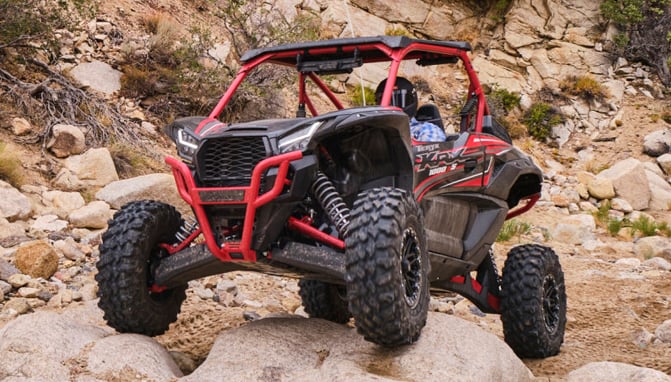





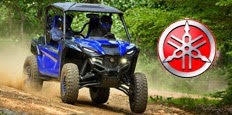







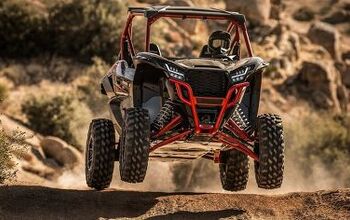
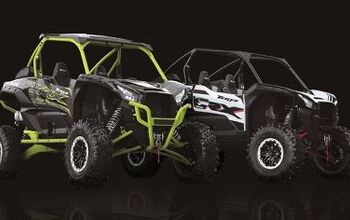
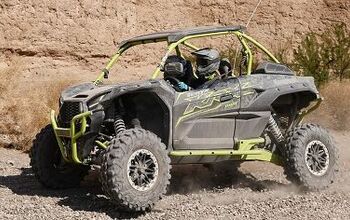
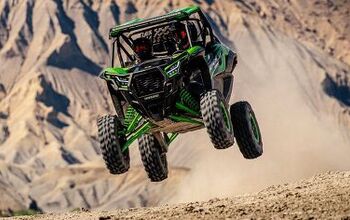
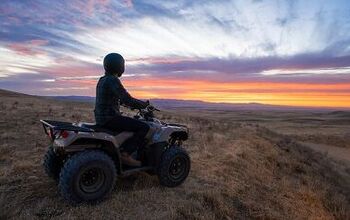
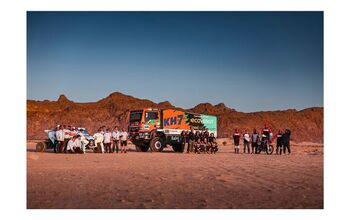
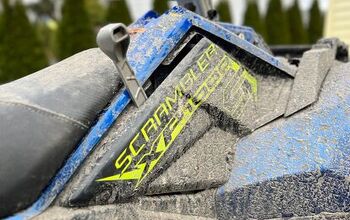
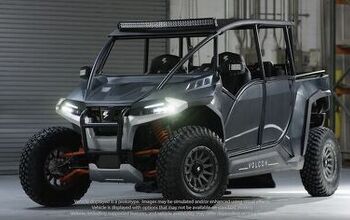
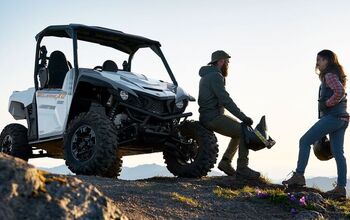
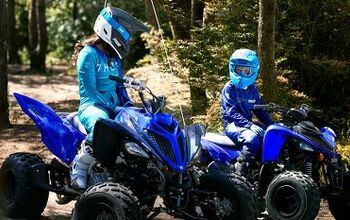
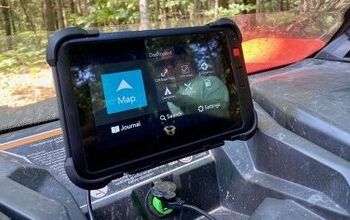
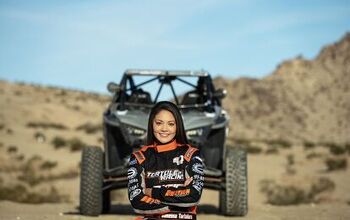
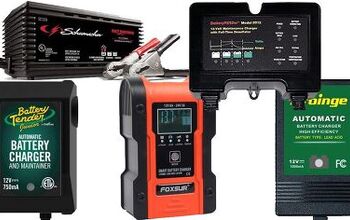
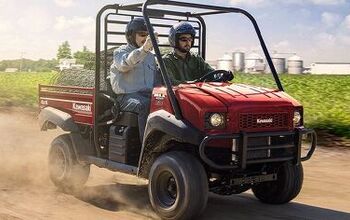
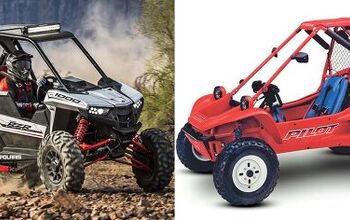
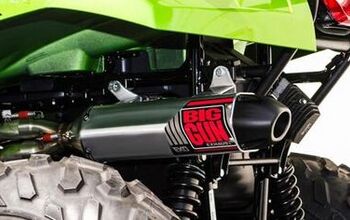
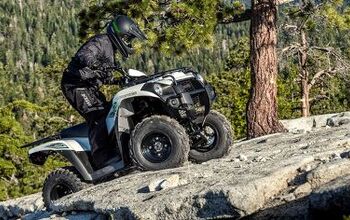
Comments
Join the conversation